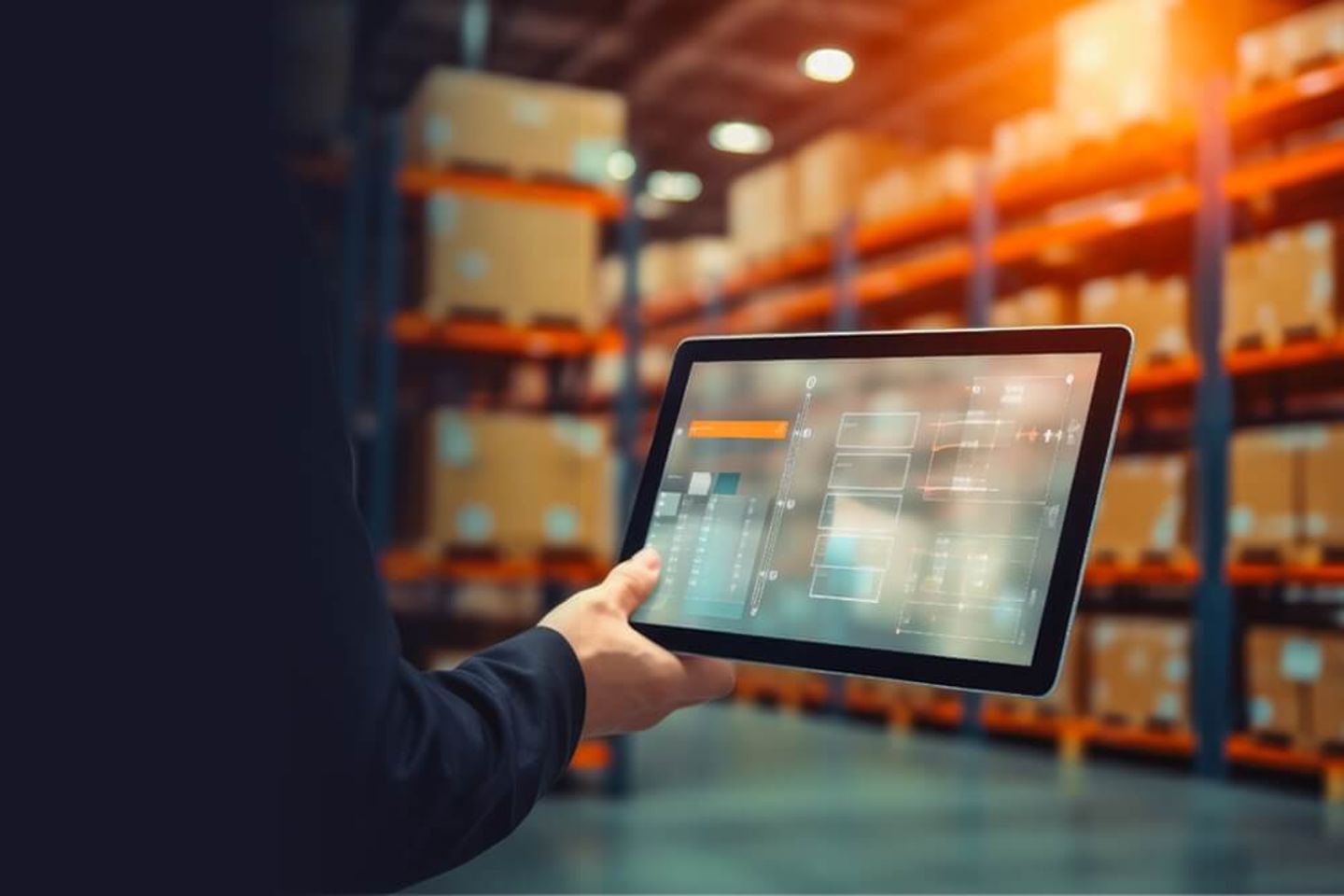
Efficient supply chains are essential for companies in today's dynamic business world, both from an economic and an environmental perspective. The analog exchange of delivery notes and information between different players is complex, time-consuming, and challenging. The digital delivery notes with the Cloud4Log Add-ons solutions manage all tasks digitally. This tool revolutionizes the delivery process management across the whole supply chain.
Cloud4Log Add-ons from T-Systems offer you a complete solution for the digitalization of your supply chain. Cloud4Log Add-ons represent a further development of the existing Cloud4Log cooperation project between GS1 and the German Logistics Association for the digitalization of delivery notes. Using a variety of additional services, we can help you get more out of the digital delivery note to further optimize your business processes. Companies benefit from paperless digital logistics, which saves numerous resources and automates time-consuming manual processes.
We ensure your project is a success, whether you want to move into the cloud, digitalize, or automate certain processes. We are the trusted partners for creation, implementation, and maintenance of your digitalization plans.
Get additional features for the digital delivery note with Cloud4Log Add-ons: From the automatic creation of delivery notes in the SAP system to communication with the carrier in logistics and payment – everything in a single, fully digital solution. The service from T-Systems enables a variety of options, including a paperless transportation process, transparent documentation, and event-driven payment. Automated document archiving eliminates the need for manual processes and paper and prevents errors. As a result, Cloud4Log Add-ons add considerable value to efficient digital processes along your supply chain.
In addition to the delivery note, Cloud4Log Add-ons also enable the processing of freight-related documents and save time in document processing. Supported by real-time communication and business monitoring along the supply chain, companies – from the retail sector, for example – gain the transparency they need to optimize business processes. With the help of sensors on the premises, loading ramps are allocated at an early stage and unnecessary delays on and at the front of the premises are avoided. You too can benefit from the numerous advantages of the T-Systems Cloud4Log Add-ons solution.